Species Photo Gallery for Xantholobus muticus No Common Name 22 |
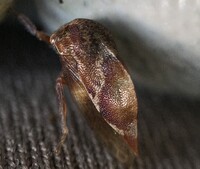 | Photo by: Ted Wilcox
Watauga Co.
Comment: unid_treehopper |  | Photo by: Ted Wilcox
Watauga Co.
Comment: unid_treehopper |
 | Photo by: Ted Wilcox
Watauga Co.
Comment: unid_treehopper | 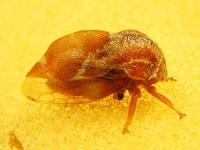 | Photo by: Ken Kneidel
Mecklenburg Co.
Comment: Stuck on a tree band, forest edge. |
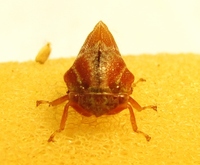 | Photo by: Ken Kneidel
Mecklenburg Co.
Comment: Stuck on a tree band, forest edge. | 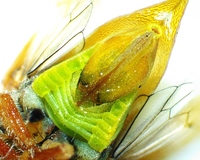 | Photo by: Ken Kneidel
Mecklenburg Co.
Comment: Stuck on a tree band, forest edge. |
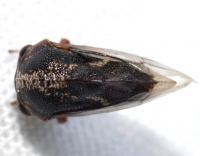 | Photo by: Kyle Kittelberger
Wake Co.
Comment: | 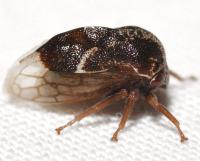 | Photo by: Kyle Kittelberger
Wake Co.
Comment: |
 | Photo by: Kyle Kittelberger
Wake Co.
Comment: | 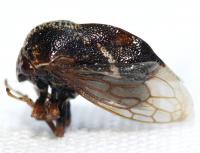 | Photo by: Kyle Kittelberger
Wake Co.
Comment: |
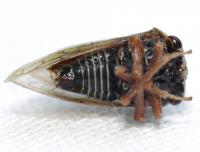 | Photo by: Kyle Kittelberger
Wake Co.
Comment: | 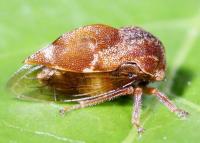 | Photo by: Rob Van Epps
Mecklenburg Co.
Comment: Suburban yard near woods; female |
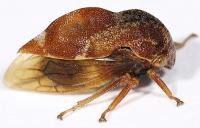 | Photo by: Rob Van Epps
Mecklenburg Co.
Comment: Suburban yard near woods; female |  | Photo by: Rob Van Epps
Mecklenburg Co.
Comment: Suburban yard near woods; female |
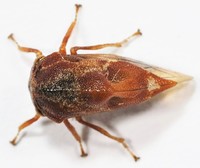 | Photo by: Rob Van Epps
Mecklenburg Co.
Comment: Suburban yard near woods |  | Photo by: Rob Van Epps
Mecklenburg Co.
Comment: Suburban yard near woods |
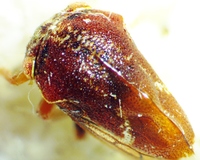 | Photo by: Ken Kneidel
Mecklenburg Co.
Comment: 6.8 mm male, residential street lined with oak trees | 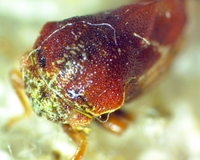 | Photo by: Ken Kneidel
Mecklenburg Co.
Comment: 6.8 mm male, residential street lined with oak trees |
 | Photo by: Ken Kneidel
Mecklenburg Co.
Comment: 6.8 mm male, residential street lined with oak trees | 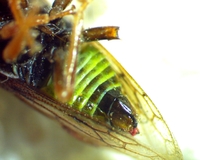 | Photo by: Ken Kneidel
Mecklenburg Co.
Comment: 6.8 mm male, residential street lined with oak trees |
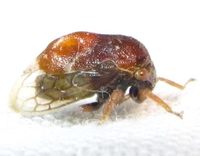 | Photo by: Ken Kneidel
Mecklenburg Co.
Comment: 6.8 mm male, residential street lined with oak trees |  | Photo by: Matthew S. Wallace
Out Of State Co.
Comment: |
|

 »
»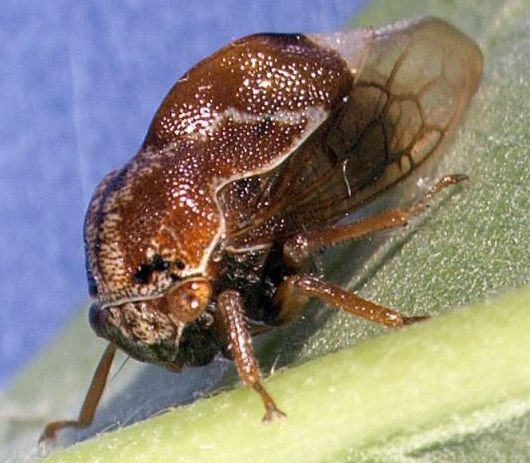
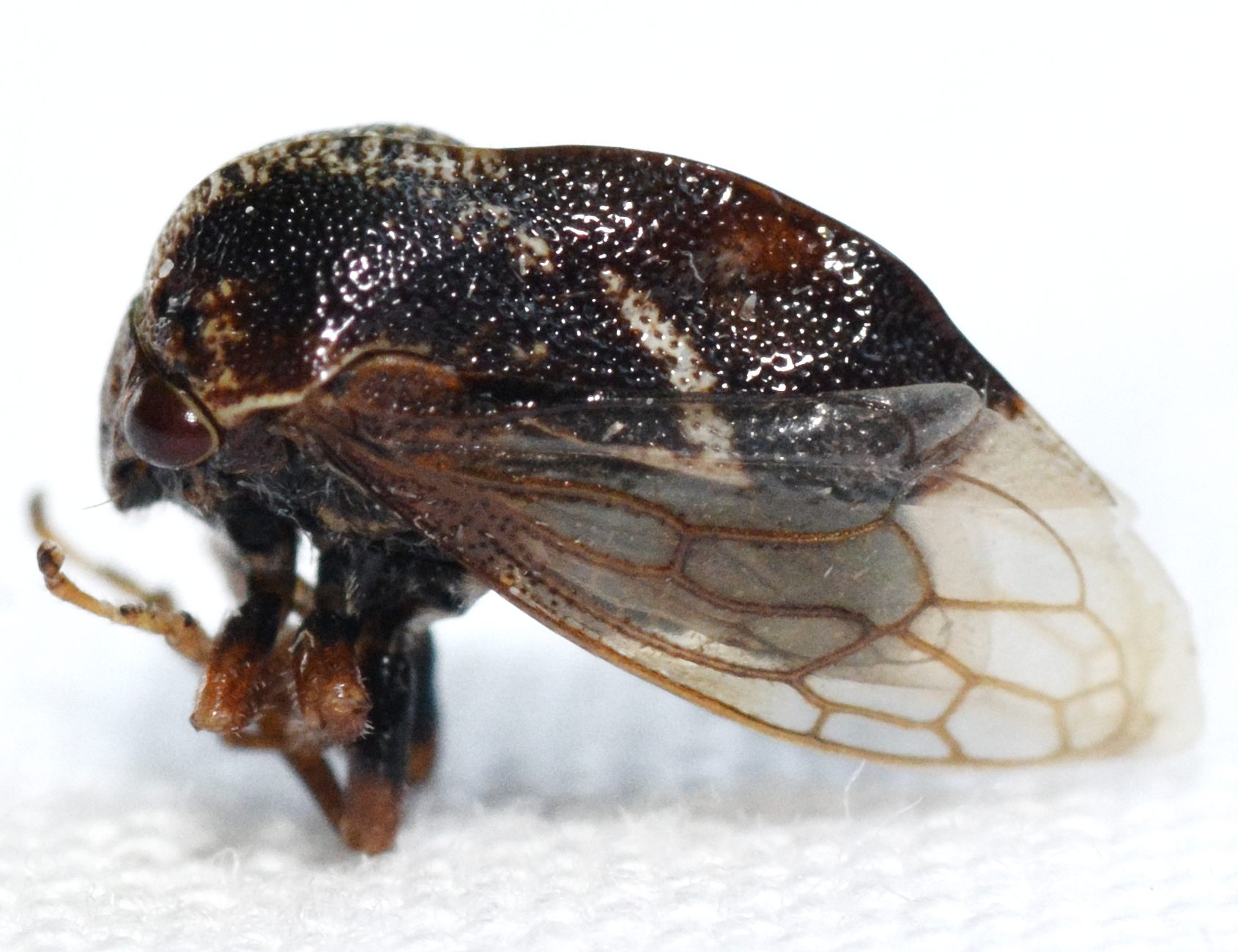
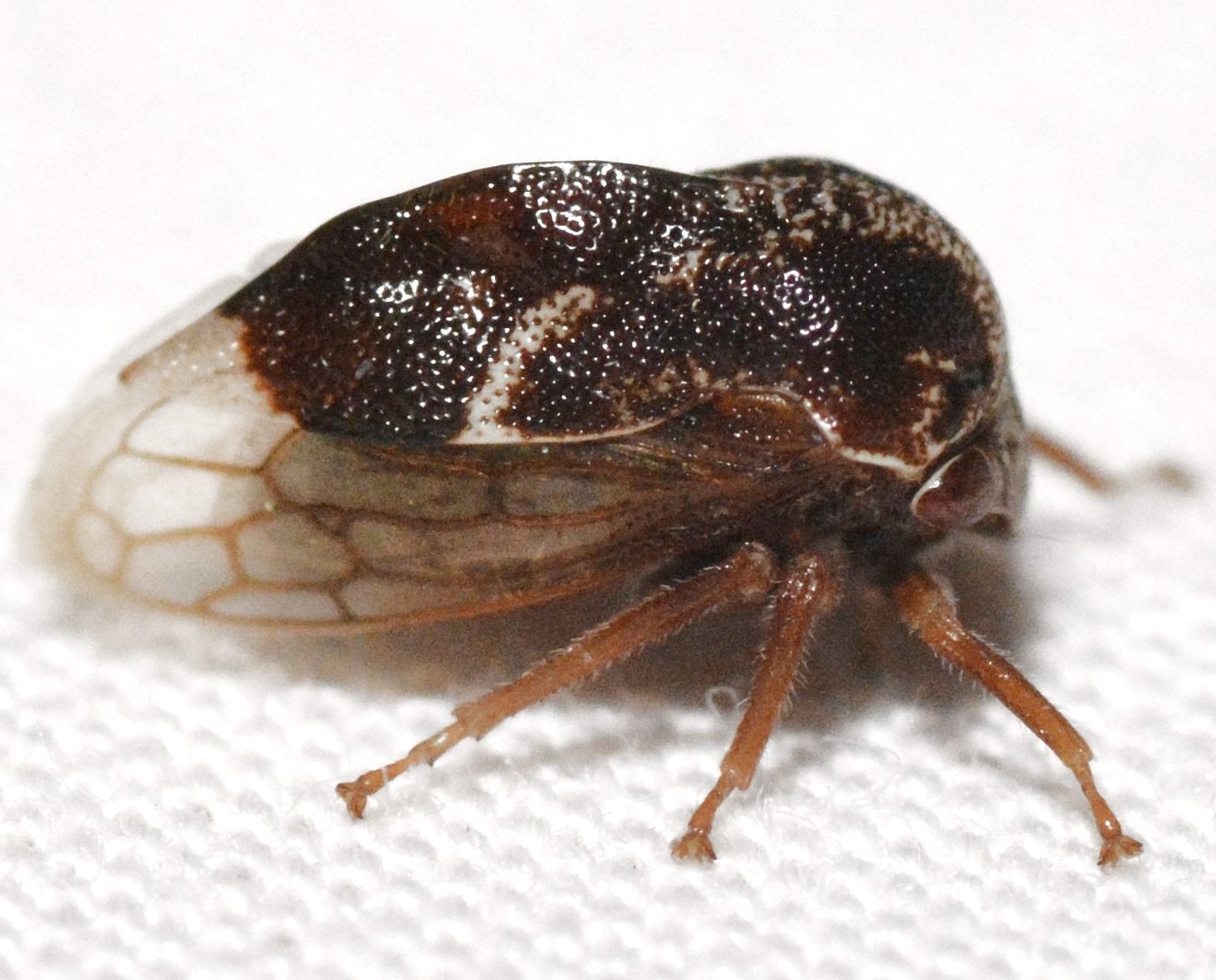


 »
»


